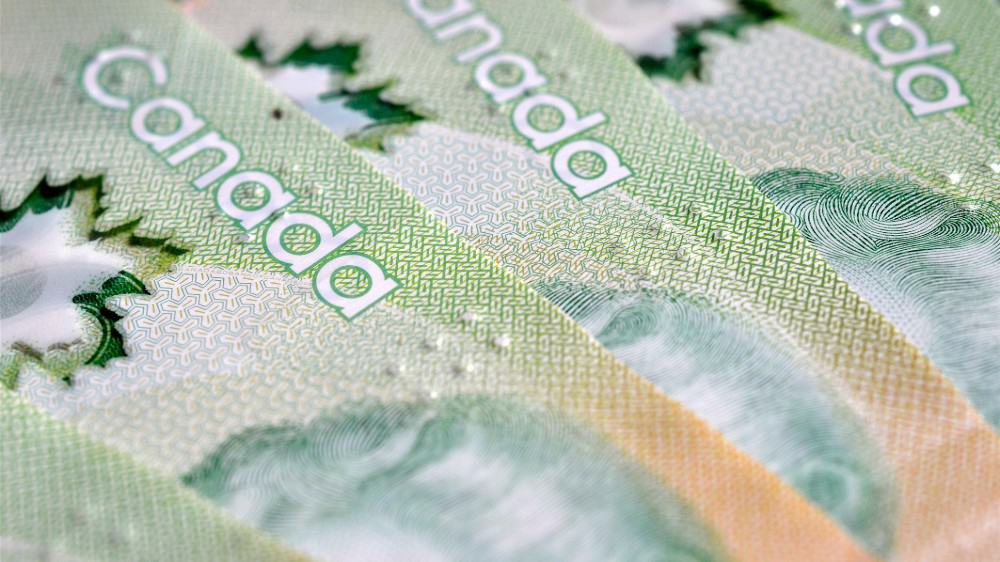Meeting investment goals is paramount to a successful portfolio, and right now what investors need to be doing is checking their appetite for risk and weighing it against the time sensitivity of their mid to long-term strategy.
A Tax-Free Savings Account (TFSA) can help low-risk saver accumulate wealth no matter the time frame and can be packed out with defensive dividend stocks among other investments.
While taking an accumulated $5,000 in TFSA savings and turning it into $500,000 is no mean feat, with wide enough financial horizons, a careful investor can use this handy tax-free piggy bank to do exactly that.
In just over a couple of decades, by stashing only $2,500 into a TFSA annually, investors can grow a modest 10%-returning basket of stocks into half a million. The trick is picking the right stocks.
Low multiples, attractive dividend yields, and strong outlooks are key here, and there are value opportunities everywhere at the moment. But with so much risk running riot in the markets, a casual glance at the tickers falling into the red won’t do.
Instead, investors should be combing the data and doing their homework when it comes to each stock’s story. Today we’ll select an aviation stock.
Sifting bargains for aerospace exposure
Bombardier made headlines when it finally sold off its rail segment. The news came hot on the heels of the announcement that its remaining stake in the A220 would similarly be cast to the wind.
Going forward, the move has the potential to offer investors a leaner, stripped-down version of the aviation transport giant. However, investors have been far from impressed with the move so far.
Investors initially sent the stock soaring – only to bring it back down to earth with a bump: The past five days of trading have seen 20% wiped off Bombardier’s stock price.
By betting on a single segment, Bombardier is putting a lot of trust in the private jet business, and it looks as though investors are seeing the risk inherent in overexposure.
Investors seeking a ride into the stratosphere could alternatively buy shares in Air Canada, though with the slowdown in air traffic as the coronavirus situation develops, investors will have to be bullish on eventual containment of the disease – and on the economy’s resilience to it. The stock had seen some gains before this week’s 17% loss, with the past 12 months adding around 12% to the company’s value.
For steeper upside, investors may want to snap up shares in Heroux-Devtek. With a broader focus than either of the two preceding stocks, Heroux-Devtek provides access to aviation sector upside, albeit with less of the coronavirus air travel exposure.
Giving it greater scope to pivot on rapidly changing demands in 2020, Heroux-Devtek’s parts focus, plus 17% 12-month gains, add up to a buy.
The bottom line
Betting on the greater maneuverability and scattershot market penetration of a parts manufacturer makes a lot of sense in the current economic climate.
For the casual, low-maintenance TSX investor looking to diversify a TFSA with an aerospace stock, Heroux-Devtek has to be the best of the three listed here, despite the deep discounts on display for Bombardier and Air Canada.










